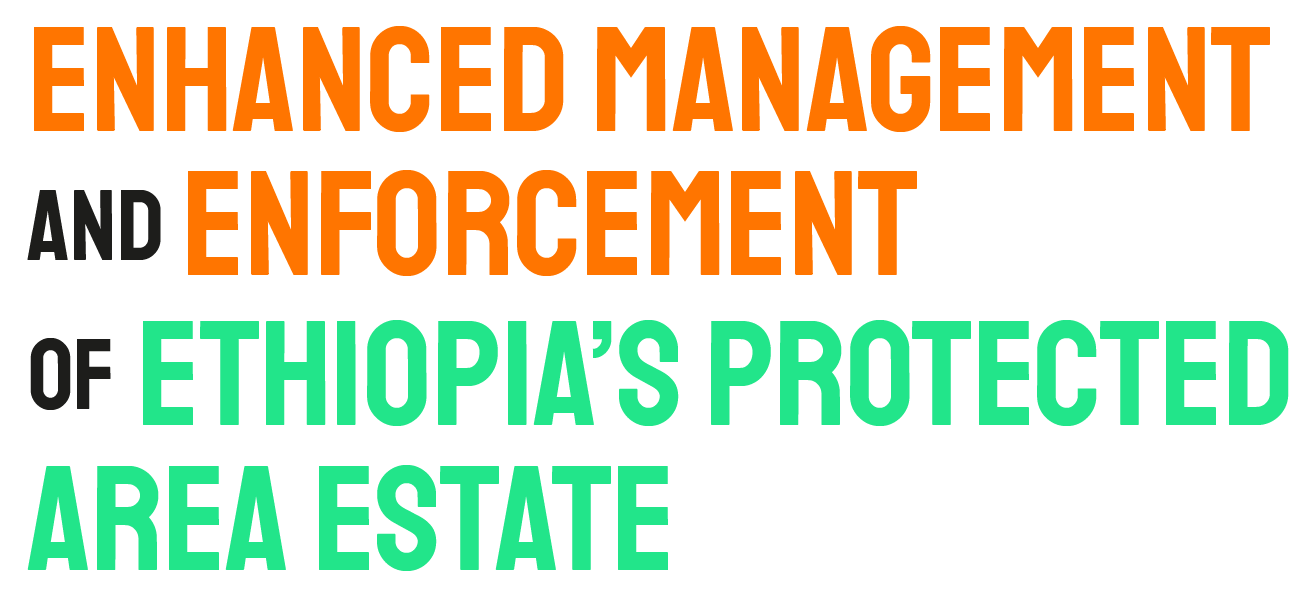Project
Components
The project aims to build the capacity for biodiversity conservation through increased effectiveness of protected area management and implementation of measures to reduce Illegal Wildlife Trade (IWT) and poaching, will be achieved through four outcomes: (1) improved protected area management effectiveness that delivers enhanced protection in targeted protected areas, (2) strengthened national and local capacities for conservation of endangered biodiversity, particularly endangered wildlife, through antitrafficking measures, (3) improved forest and agro-biodiversity conservation through community-based natural resource management and (4) project lessons learnt through monitoring and evaluation (M&E) and gender mainstreaming are applied to fight poaching and IWT, and promote community based conservation nationally and internationally. The objective will be achieved through the implementation of four project components.
Protected area management and biodiversity conservation
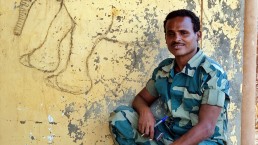
Protected area management and biodiversity conservation. This component will focus on demonstrating how effective management of protected areas in Ethiopia can be achieved by targeting a small number of protected areas. To ensure synergy with the objectives of the Global Wildlife Program, the selected pilot sites are those protected areas in which the key target species (elephants and big cats) are found. The improvement of law enforcement within those different sites will, as a consequence, be a primary focus. The component will focus strongly on site-level activities (as opposed to systemic activities as these are beyond the scope and resources of the project).
Implementation of anti-trafficking measures
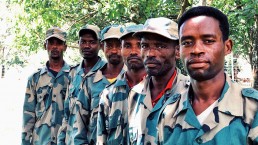
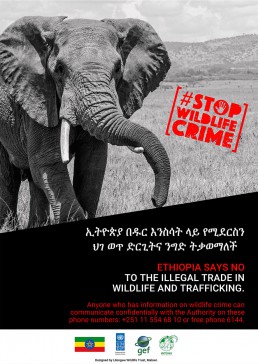
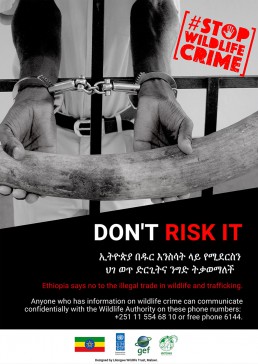
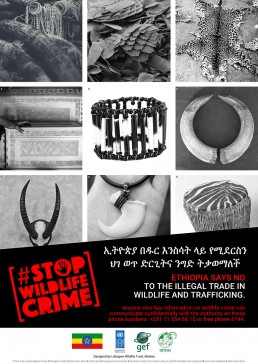
This component will focus on a number of different activities that are designed to improve different aspects of law enforcement so as to increase the deterrent to illegal trafficking of wildlife. A key aspect of the component is that it demands the cooperation and collaboration of different agencies and, therefore, takes wildlife crime investigation and prosecution into the mainstream.
Landscape approach to forest and agro-biodiversity conservation.
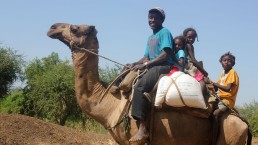
Landscape approach to forest and agro-biodiversity conservation. This component focuses on realising the value of agro-biodiversity for the country and specifically for people living in the vicinity of the protected areas targeted in Component 1.
Knowledge Management, Gender Mainstreaming, and M&E
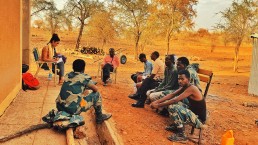
Finally, lessons learned from the project via active participation of all stakeholder groups in the project implementation and M&E will be made available nationally and internationally to facilitate IWT fight through implementation of Component 4 Knowledge Management, Gender Mainstreaming, and M&E.
Photo credits: Greta Francesca Iori and Solomon Worku
